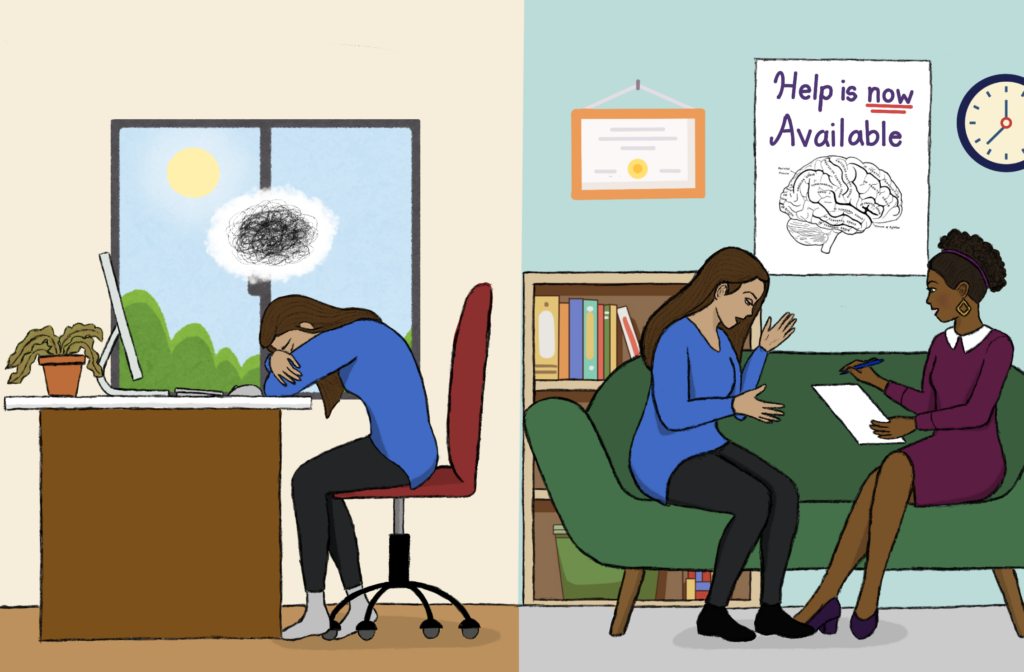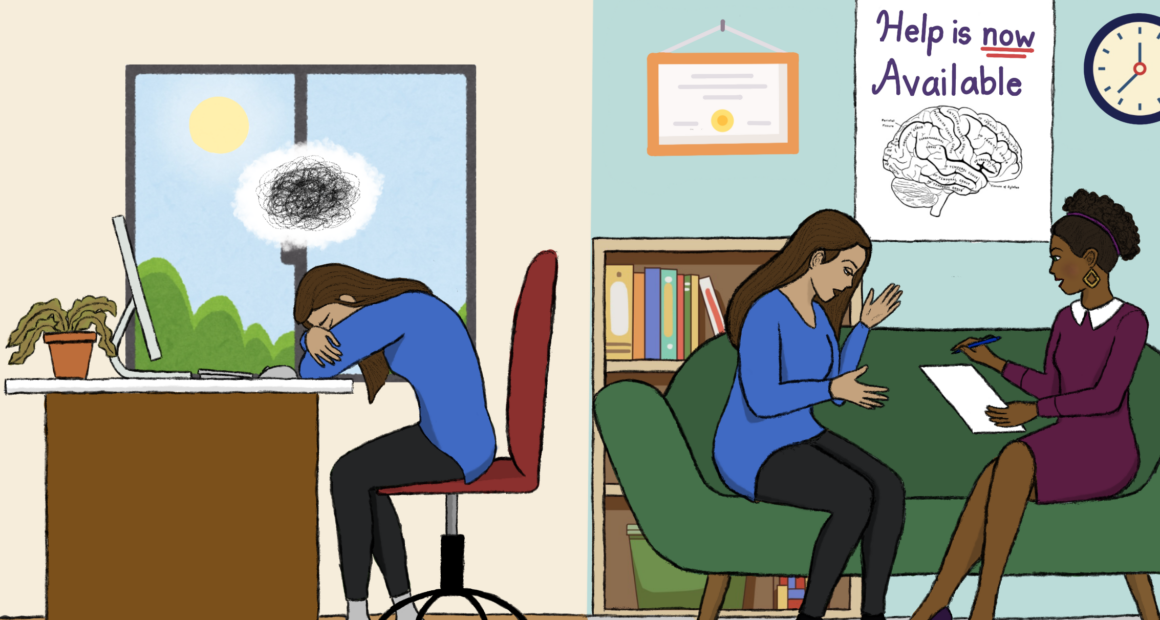If you’re a freelance journalist covering difficult stories, suffering alone may feel like a job requirement—now, it doesn’t have to be

Canadian journalists have long shouldered the responsibility of reporting on tragedies and distressing events, oftentimes at the expense of their own mental well-being. While many staff writers now have access to employer-funded mental health resources, the situation is different for freelancers, who are often left to navigate these challenges alone.
Historically, the subject of mental health struggles within the journalism industry has been taboo, although strides have been made to remedy this issue, including the implementation of the Canadian Journalism Forum on Violence and Trauma in 2008. But when the COVID-19 pandemic brought the world’s mental health struggles to the front of mind for many, it became abundantly clear that more long-term solutions were needed.
In response to these challenges, CBC’s Dave Seglins and Carleton University professor of journalism Matthew Pearson co-authored the Taking Care report in 2022. Their anonymous survey, which gathered insights from over 1,200 media workers, including freelance journalists, found that high levels of stress, anxiety, and exposure to trauma were common among those working in the field.
For Seglins, there was also a personal element involved in conducting the study. While covering the court hearing of Canadian military commander-turned-murderer Russell Williams in 2010, Seglins was repeatedly exposed to the gruesome images documenting Williams’s crimes. As a result, he developed PTSD, which required therapy. Yet, Seglin points out that the challenges facing freelancers are not rooted solely in reporting.
“It’s not just trauma and difficult stories,” he says. “One of the key issues for freelancers is financial precarity. You’re only as good as your next gig.” According to Seglins, the lack of security makes it more difficult for freelancers to prioritize self-care because they often feel pressured to take on every assignment without the opportunity for downtime.
Recognizing these challenges, Seglins cites resources like the Trauma Assistance Fund for Freelancers, which launched in 2023. The fund offers confidential counselling to eligible freelancers without medical benefits. While the fund has been helpful for many freelance writers, Seglins views it as a temporary “stopgap” measure, not a permanent solution.
But there is hope for freelancers. Seglins highlights the Canadian Freelance Guild, a relatively new initiative designed to provide peer support and affordable benefits plans to freelancers. “Having boundaries—a life outside of work, with family and friends—is great,” he says, “but freelancers could really benefit from having a community of freelancers, and that’s hard to form.”
More initiatives are in the works, including a pilot project to be launched by Seglins, Pearson, and the Canadian Association of Journalists. The project, in two parts, aims to build peer support among journalists and to create a network of trained psychologists who understand the specific occupational risks that journalists face.
As the industry evolves, Seglins believes it is crucial to build a more empathetic environment for all journalists, one where mental health and trauma awareness are normalized. For freelancers, these changes are promising, offering not only resources for mental health but also the possibility of more sustainable, long-lasting careers.
About the author
Evan is completing his final year in the Bachelor of Journalism program at TMU and is passionate about writing pieces relating to education, mental health, and navigating the trials of adolescence. He also volunteers at Met Radio’s “Movie Mixtape” team where he gets to express his love for the world of film. When he’s not writing though, you can always find him sketching away, creating miniature crafts, or filming/editing videos.



